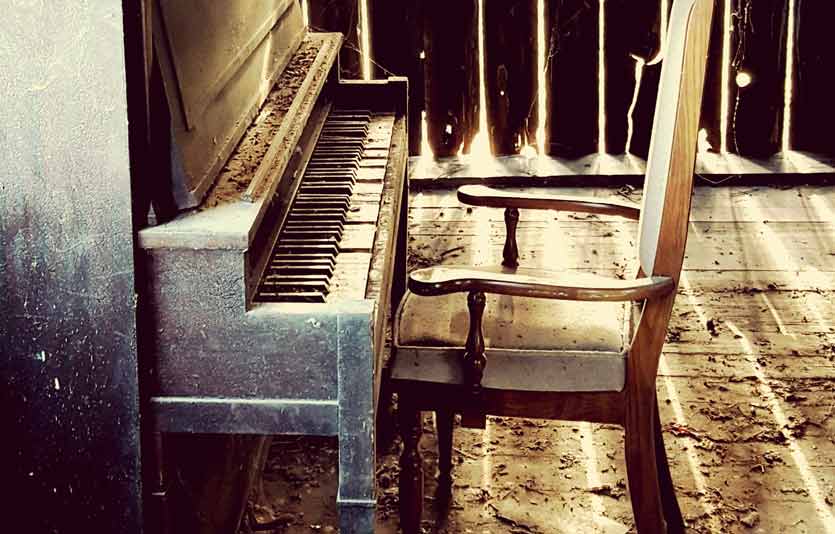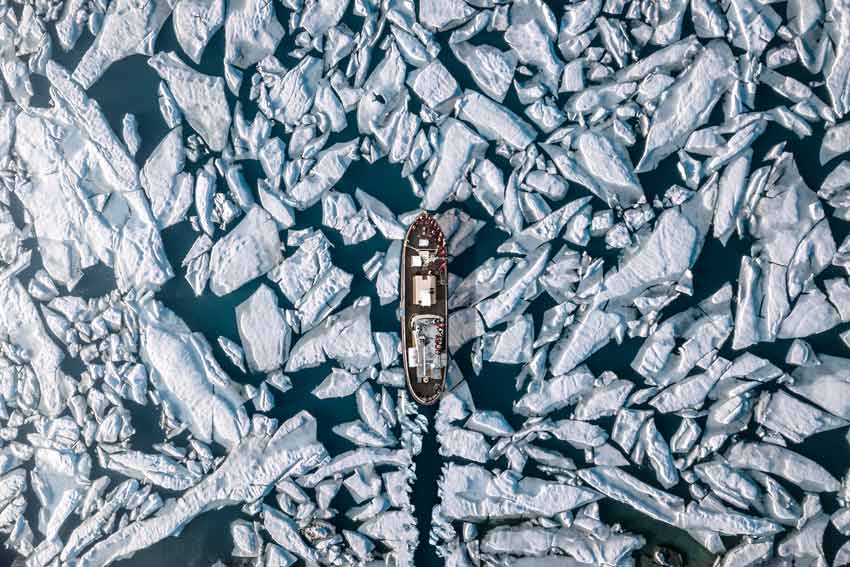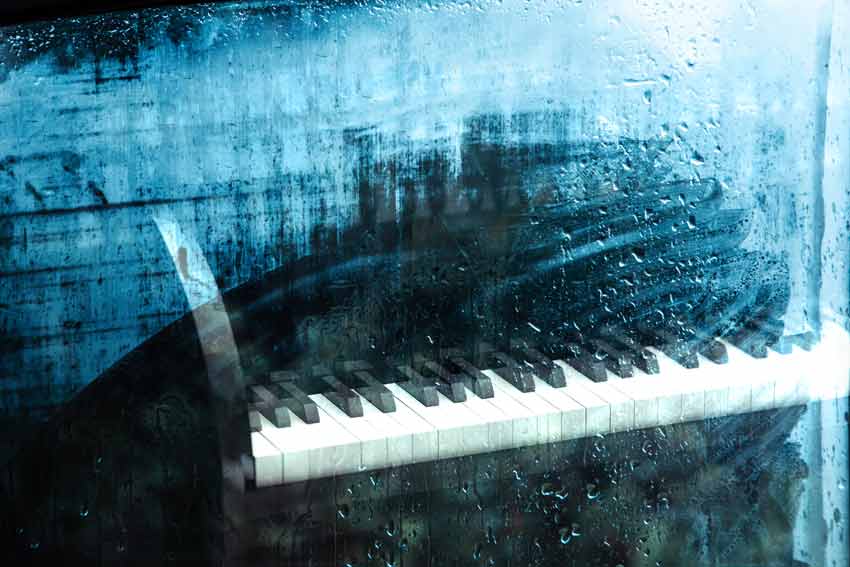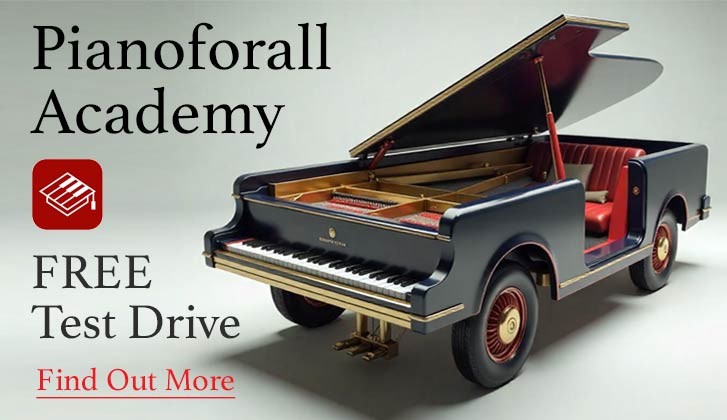Walk into a hut on the edge of Antarctica’s Ross Island, and you will find a keyboard-phantom.
It sits in the cold, battered by more than a century of ice‑laden winds.
Its wood is cracked, its ivory keys yellowed, its voice long gone silent.
Yet there it remains: a piano.
It is the piano of Scott’s Antarctic hut—one of the most unlikely musical instruments ever carried to the farthest reaches of the earth.
A Piano In The Ice
Today, the piano is a relic, preserved by the freezing air that has kept the hut much as it was left in 1913.
Visitors describe it as eerie: a proper upright piano, standing among sledges, frozen food tins, and the ghosts of explorers who once called this hut home.
Why would anyone bring a piano here, to the world’s harshest environment?

The Man Behind The Expedition
The hut belonged to Captain Robert Falcon Scott, the British naval officer who led two major expeditions to Antarctica in the early 20th century.
The most famous of these pair of adventures, the Terra Nova Expedition (1910–1913), had a grand goal: to be the first to reach the South Pole.
Scott and his team battled unimaginable cold and exhaustion to get there, only to discover that Norway’s Roald Amundsen had beaten them by just over a month.
The return journey was even worse: Scott and his closest companions perished in the snow, only eleven miles from a supply depot.
The piano, however, was not part of that doomed journey. It was left behind at the expedition’s base hut on Cape Evans, where the men had lived and worked, before setting off on their polar dash.
Why Bring a Piano to Antarctica?
It seems absurd at first.
A piano is heavy, bulky, fragile, and seemingly utterly useless in an environment where survival depends on sledges, skis, and dogs.
And yet, the expedition deliberately brought one. Why?
Because music was considered vital for morale.
Months of darkness, isolation and brutal cold could gnaw away at the mind. The men needed comfort, and in Edwardian England, comfort often meant a piano.
As one expedition member put it: “Without music, we should have gone mad in the long winter nights.”
The Journey South
The piano was shipped from London aboard the Terra Nova, a stout whaling vessel refitted for the expedition.
Just getting it onto the ship must have been an ordeal.
Then came the long sea voyage through the roaring forties, across the Southern Ocean, and finally into the ice‑choked waters of McMurdo Sound.
When the hut at Cape Evans was erected in 1911, the piano was installed in the living quarters, a surprising splash of domesticity amid the crates of dried game meat & berries, seal blubber, and scientific instruments.

Who Played It?
The hut’s piano was used often.
Expedition diaries mention sing‑alongs, musical evenings, and even attempts at concerts.
Dr. Edward Wilson, the expedition’s chief scientist and artist, was known to play. Others tried their hand too, sometimes with more enthusiasm than talent.
The men also had a gramophone and a precious set of records.
But the piano allowed for live music, for improvisation, for the sheer camaraderie of voices gathered around in song.
Imagine a group of frostbitten explorers, still in their boots and furs, belting out sea shanties or hymns to the rattle of an upright piano in the middle of Antarctica.
A Heavy Silence
When Scott and his polar party failed to return, the piano remained.
For decades the hut was abandoned, locked in ice. The wind howled around its walls, snow drifted through its timbers, but the piano endured.
Visitors in later years found it eerily intact, though silent.
The cold preserved it like a time capsule, a poignant reminder of both the expedition’s hopes, and, its tragic fate.
One visitor wrote: “to see a piano here, at the bottom of the world, is to feel at once the audacity and the fragility of human endeavour.”
Other Extreme‑Location Pianos
Scott’s piano was not the only instrument to find its way into an extraordinary setting. History offers other examples where pianos travelled to the most unlikely of places:
- Shackleton’s Expedition (1914–1917): on Sir Ernest Shackleton’s Endurance voyage, the crew carried a small upright piano into the Antarctic ice. When the ship became trapped and later crushed, it was played right up until the men abandoned ship. Shackleton later noted: “we left behind much, but music we carried in our memory.”
- A Piano in Space (2018): a small keyboard sent to the International Space Station allowed astronauts to test music‑making in zero gravity. As one astronaut quipped: “playing piano in space felt like playing for the whole Earth at once.”
- The Submarine Piano (Of World War 2): some Allied submarines were fitted with collapsible pianos for crew morale. One sailor recalled: “the music gave us more air than the oxygen tanks.”
A Reflection
Perhaps there is a lesson here for us today.
Technology and progress push us ever further—whether into the frozen wastes of Antarctica, the vacuum of space, or the depths of the sea.
Yet in all these places, we seem to carry a piano with us—literally or metaphorically.
Because we need music. We need art.
We need something that speaks to the heart. Especially when everything around us seems impossibly harsh.
The piano in Scott’s hut stands frozen in time, a mute witness to courage and tragedy.
But if you listen closely, you can almost hear it still: a few chords struck against the silence of the ice.
A reminder that wherever humans go, we bring music with us.



